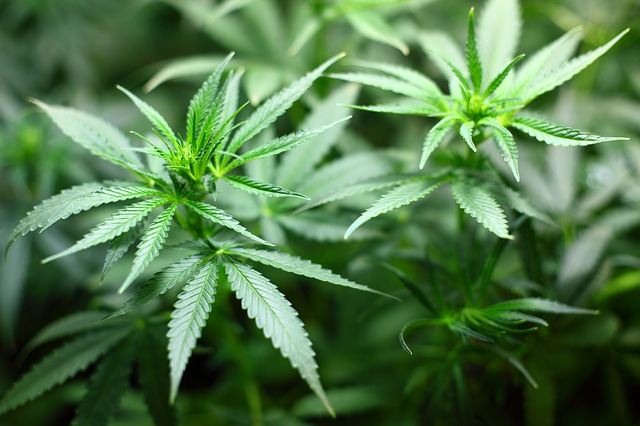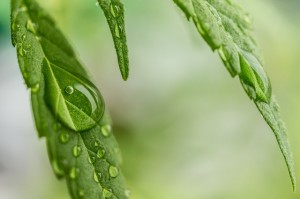More than 1 in 8 adults in the United States smoke cannabis according to the latest Gallup poll released this week.
That’s nearly double the percentage Gallup found when it asked the same question three years ago. In 2013, 7% reported smoking cannabis; in 2015 that number increased to 11%.
The number of people who’ve tried cannabis at least once in their lifetime also grew to 43% in 2016, compared to 38% in 2015.
This survey polled 1,023 individuals that were randomly selected from across the United States – and it appeared that those living in western states are ready to admit to the present use of marijuana. The individuals being polled were informed that their information and answers would remain confidential. Asking each individual; “Do you, yourself, smoke marijuana?”
The question strikes us as a somewhat inaccurate way to measure cannabis use. Apart from smoking, there are different types of delivery and consumption methods. “Smoke marijuana” is mostly aimed at putting flame to your bud. Unfortunately, that’s as far as the Gallup poll will get us.
The new poll revealed disparities in cannabis smoking among different age groups and religious affiliations. One in five adults, younger than 30 years of age are cannabis smokers, which is double the rate of older age groups. According to the poll, only 2% of weekly churchgoers and 7% of less frequent church attendees say they consume cannabis. This number rises to 14% of those who seldom or never attend a religious service.
Examining the statistics further, 43% of Americans say they have tried cannabis, which is slightly up from 38% in 2013. That proportion has risen steadily since 1969, when the percentage of Americans who said they tried cannabis was at 4%.
It seems education and income levels don’t relate to an individual’s likelihood of having consumed cannabis, but Americans who live in households that earn less than$30,000 a year are more likely to report currently consuming it.
If you look at the data from a geography standpoint, cannabis is more likely to be consumed on the West Coast, where 14% of poll respondents say they consume regularly. In the East, Midwest and South, experimentation and regular usage percentages are slightly below the national average.



